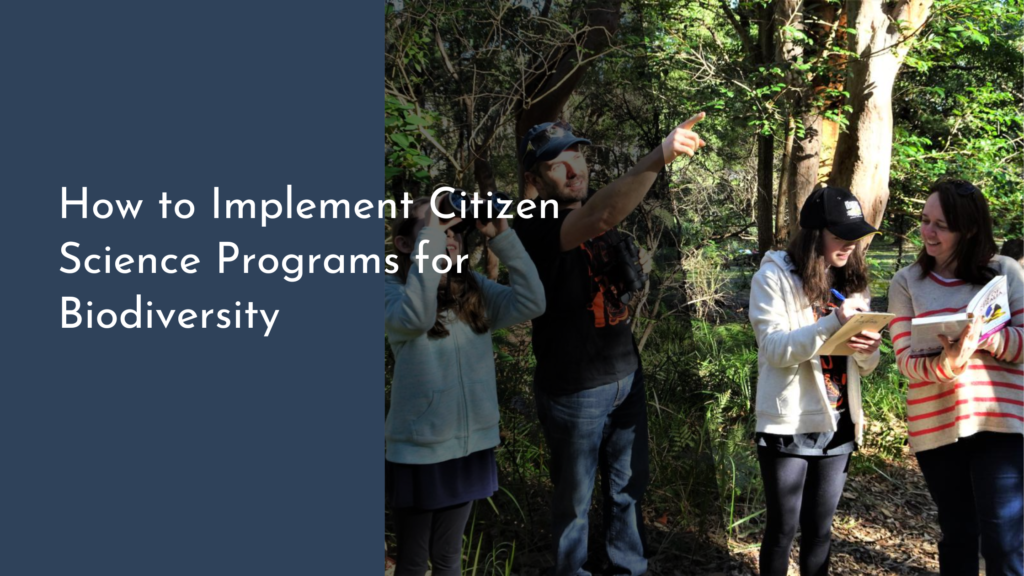Urban Forests as Civic Action Platforms
Urban forests, often overlooked in the hustle and bustle of city life, serve as vital green spaces that can significantly enhance community engagement and civic action. By integrating nature into urban planning, cities can cultivate a sense of belonging and stewardship among residents. As we delve into the multifaceted role of urban forests as civic action platforms, we will explore how these natural spaces not only beautify our cities but also inspire collective action, foster participation, and yield numerous benefits for all residents.
Discovering Urban Forests: Nature’s Community Spaces
Urban forests encompass a variety of green spaces, including parks, community gardens, and tree-lined streets, that bring a touch of nature into urban environments. These areas serve as essential community spaces where individuals can gather, socialize, and participate in recreational activities. The presence of trees and greenery contributes to the overall aesthetic of the city, creating an inviting atmosphere that encourages people to spend time outdoors. Such spaces provide a refreshing escape from the concrete jungle, allowing residents to reconnect with nature and each other.
Moreover, urban forests contribute to local biodiversity, providing habitats for various species. This rich tapestry of wildlife not only enhances the ecological health of cities but also serves as a platform for environmental education. Schools and community groups often utilize urban forests for workshops and activities, enabling citizens to learn about ecology and sustainability while actively participating in their care and preservation. In this way, urban forests act as community classrooms, where the importance of nature is woven into the fabric of urban life.
Engaging Citizens: How Urban Forests Foster Participation
Urban forests uniquely empower citizens by creating opportunities for involvement and activism. Community-led initiatives, such as tree planting events and maintenance programs, encourage residents to take ownership of their local environment. These initiatives not only improve the ecological health of urban spaces but also foster a sense of community pride and responsibility. When individuals come together to care for their urban forests, they build connections with their neighbors, fostering a spirit of collaboration.
Furthermore, urban forests serve as platforms for civic engagement by hosting events that stimulate public discourse. From workshops on sustainable practices to community meetings focused on urban planning, these green spaces become venues for discussing important local issues. By participating in these activities, residents can voice their opinions and advocate for policies that support the preservation and enhancement of their urban forests. This level of engagement nurtures a culture of active citizenship and empowers individuals to influence the direction of their communities.
Benefits of Urban Forests: Green Spaces for All
The benefits of urban forests extend far beyond aesthetics; they play a crucial role in improving public health and well-being. Access to green spaces has been linked to lower stress levels, better mental health, and increased physical activity. Urban forests provide a sanctuary where residents can engage in leisurely walks, exercise, or simply enjoy the serenity of nature. This connection to green spaces is especially vital in densely populated areas, where access to nature can be limited.
In addition to health benefits, urban forests contribute to environmental sustainability. They help mitigate urban heat, improve air quality, and manage stormwater runoff. These ecological advantages not only enhance the quality of life for residents but also contribute to the overall resilience of cities in the face of climate change. By promoting green infrastructure, urban forests serve as essential assets for creating sustainable cities that prioritize the well-being of their inhabitants.
Success Stories: Transformative Urban Forest Initiatives
Around the globe, numerous cities have embraced urban forests as catalysts for community transformation. For instance, the “Green Streets” initiative in Seattle has successfully integrated green infrastructure into urban planning, creating vibrant streetscapes that enhance community engagement while managing stormwater and improving air quality. Residents actively participate in the design and maintenance of these green spaces, fostering a deeper connection between the community and its environment.
Another inspiring example is the “TreePeople” initiative in Los Angeles, which mobilizes volunteers to plant and care for trees in urban neighborhoods. This program not only beautifies the city but also empowers local residents to become stewards of their environment. The success of such initiatives demonstrates that urban forests can be powerful platforms for civic action, fostering a sense of community, enhancing ecological health, and improving overall quality of life.
In conclusion, urban forests play a pivotal role as civic action platforms, enriching communities while promoting environmental sustainability. By providing spaces for engagement, fostering participation, and delivering numerous benefits, these green oases empower residents to take an active role in shaping their urban environments. As cities continue to grow and evolve, embracing urban forests will be essential for creating vibrant, resilient communities that thrive in harmony with nature. Let us celebrate and nurture our urban forests, recognizing their potential to transform lives and bring people together!


